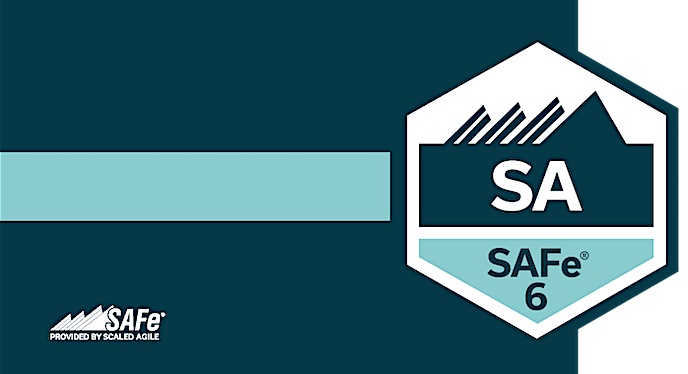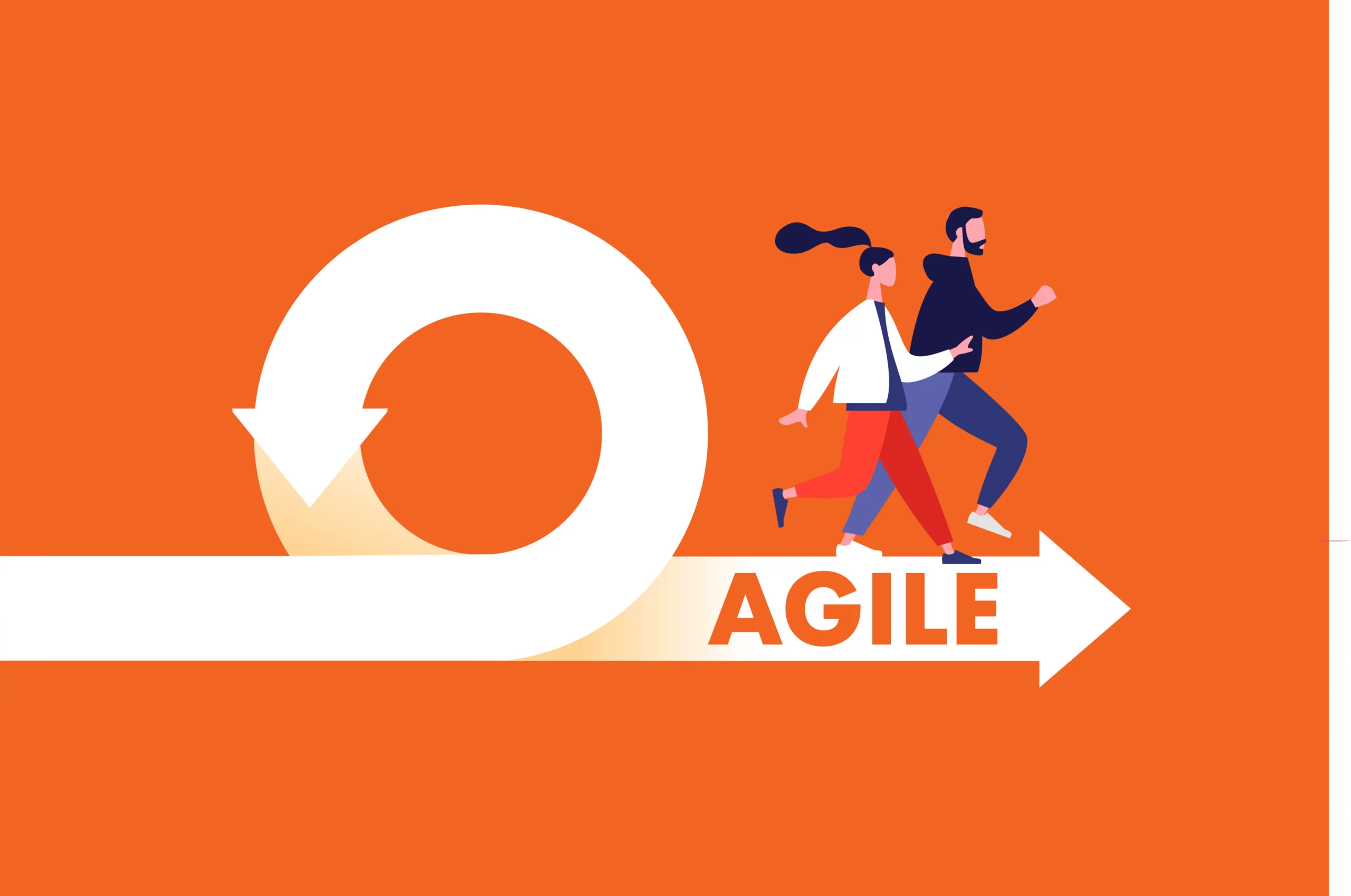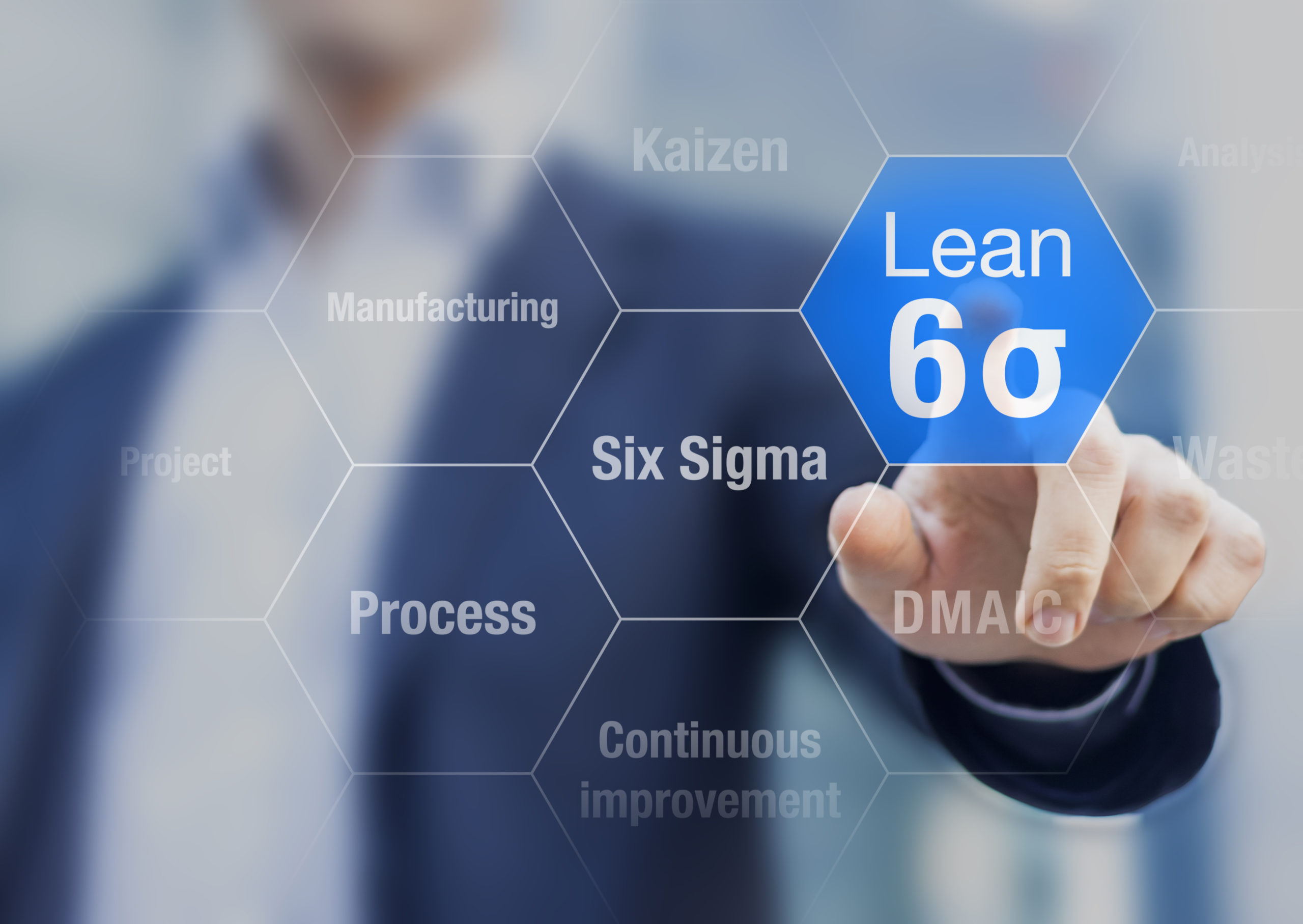Description
Introduction of SAFe® Agilist Certification
The SAFe® Agilist Certification (Leading SAFe® 6.0) is designed for professionals who want to gain in-depth knowledge of the Scaled Agile Framework (SAFe®) and learn how to apply it effectively at an enterprise level. This certification helps individuals and organizations adopt agile practices across large teams and divisions, ensuring alignment and delivering value continuously. Leading SAFe® 6.0 focuses on leading agile transformation, scaling agile practices, and empowering teams to be more responsive to customer needs in complex environments. This course provides the knowledge and tools necessary to become a SAFe® Agilist, driving organizational agility and transformation.
Prerequisites of SAFe® Agilist Certification
- Basic understanding of Agile and Scrum methodologies.
- Experience working in a team-based environment.
- Familiarity with software development processes.
- A desire to lead agile transformations and drive organizational change.
- Experience in leadership or management roles in agile environments (preferred but not essential).
- Completion of pre-course reading materials provided by the training provider.
Table of contents
1. Introduction to the Scaled Agile Framework (SAFe):
1.1 Overview of SAFe principles and values
1.2 Understanding the Lean-Agile mindset
1.3 Introduction to SAFe roles and responsibilities
2. Building an Agile Portfolio:
2.1 Understanding the SAFe portfolio
2.2 Creating and prioritizing value streams
2.3 Applying Lean and systems thinking approaches
3. Executing and Releasing Value:
3.1 Agile Release Trains (ARTs) and their role
3.2 Program Increments (PIs) and the PI planning process
3.3 Inspect and adapt mechanisms
4. Lean-Agile Leadership:
4.1 Understanding the role of Lean-Agile leaders
4.2 Embracing a Lean-Agile mindset
4.3 Leading the change to an Agile organization
5. Agile Release Train:
5.1 Planning, executing, and inspecting Program Increments
5.2 Coordinating multiple Agile Release Trains
5.3 Understanding the role of the Release Train Engineer (RTE)
6. Lean Portfolio Management:
6.1 Aligning strategy and execution
6.2 Budgeting and funding Lean-Agile initiatives
6.3 Applying Lean and Agile principles to the portfolio
7. Leading the Change:
7.1 Identifying value stream improvements
7.2 Implementing Lean and Agile principles at scale
7.3 Fostering Lean-Agile mindsets and culture
8. Becoming a Certified SAFe® Agilist:
8.1 Preparing for the SAFe Agilist (SA) exam
8.2 Overview of the certification process
Conclusion
The SAFe® Agilist Certification provides individuals with the essential knowledge to lead agile transformations and implement SAFe® practices in large-scale environments. With SAFe® 6.0, organizations can create a unified, agile workforce capable of delivering better products and services faster. By mastering Lean-Agile principles, scaling agile practices, and leading cross-functional teams, SAFe® Agilists are well-equipped to foster organizational change, drive innovation, and ensure sustained business agility in dynamic markets. Achieving this certification not only opens doors to leadership opportunities but also positions professionals as change agents within their organizations.
If you are looking for customized info, Please contact us here







Reviews
There are no reviews yet.